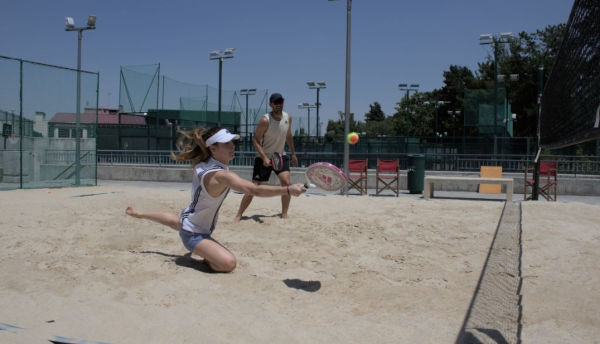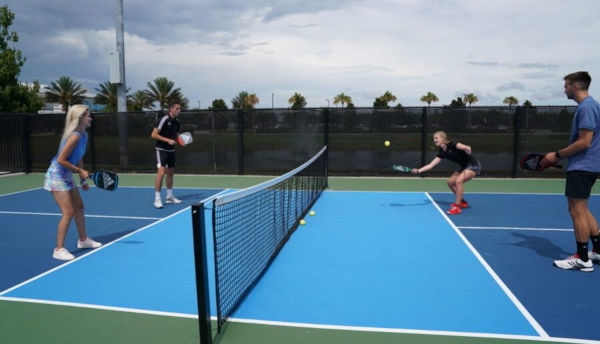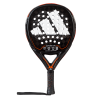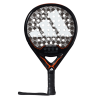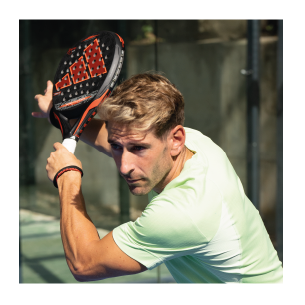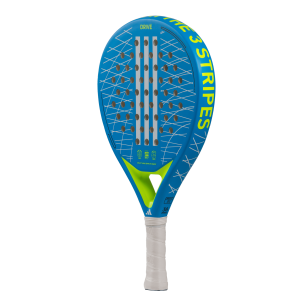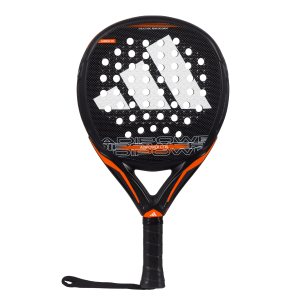
How to deal with the quick bounce in padel
The quick bounce in padel is one of the most characteristic shots when we play our favourite sport. In this post we will look more in detail about the technique behind getting the ball to bounce quickly, how to play the shot, and when to use it.
Before starting to deal with the different points mentioned, we should comment that the early bounce in padel is probably one of the most complicated strokes to execute, so we should try to play it only when necessary and not overdo it.
The technique in the quick bounce in padel
To talk about the technique we are going to break down the stroke in 4 points: waiting position, readiness, point of impact, and finishing, explaining each one of its characteristics.
One aspect that we have to take into account in the early bounce are the grips (either forehand or backhand), since we can try either a floated or flat angle approach depending on the ball we want to play and the position of the court where you are standing.
The 4 points:
- Waiting position (image 1): we must adopt an active position, i.e. knees bent, legs shoulder width apart and with the weight on the tip of the toes.
- Readiness (image 2): the arm should be very short, the racket should be almost at the point of impact of the ball.
- Point of impact (image 3): we will try to hit the ball in front of our body so that it does not overtake us, otherwise we will have many possibilities to miss the shot or leave a comfortable ball for our opponent.
- Finish (image 4): our finish will depend on the ball we want to play, short ball, deep placement or lob.
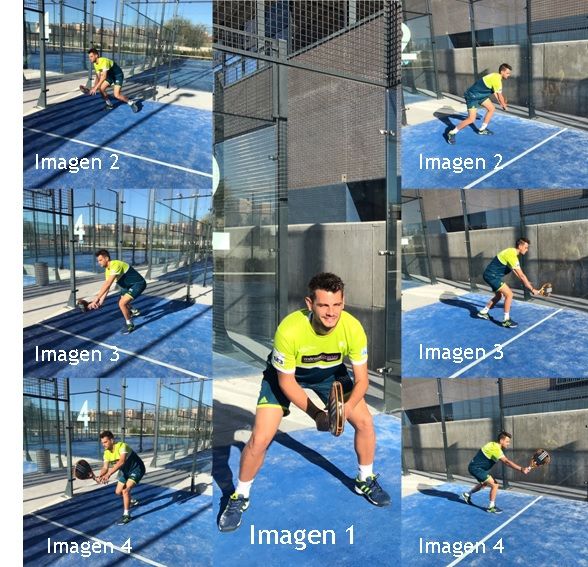 |
Defense tactics
In tactics we will distinguish two situations, when we are in a defensive position or when we are in an attacking position.
Defensive position
It is important to be in an active position, knees flexed to anticipate the ball that comes to us with speed.
When we are going to return we have two options - return from a higher angle or from a low point.
If we are going to return from below we will have to slightly vary the grip of the racket to try to get a lifted ball.
On the other hand, if we want to return from the lob, we will slightly open the face of our racket to make the ball trajectory upwards and thus pass our opponents.
At the moment of executing this stroke, it is advisable not to vary the direction of the ball too much, and try to play it in the same direction as it comes to us.
Another situation that we can find from the defense is when we are being attacked with volleys to the feet.
We have to try to hit shots without excessive speed, in order to counterattack and win back the net. We must not overdo the early bounce in padel in this situation, as we run the risk of leaving the ball easy for the opponent to finish the point.
The attacking position
In this position we usually find ourselves in two main situations. One of them is when we serve and go up to the net. If the opponent manages to return to our feet, we must play a ball without excessive risk to the back of the court. The other situation is when we get a short ball and they manage to play a ball to our feet.
If the opponents decide not to go up, we will play a comfortable shot to the back of the court, but if on the other hand they decide to go up to win the net, we will have to try to generate a ball that is not above their waist, to be able to keep the initiative in the point.
We have to play this ball with little risk, that is to say, looking for the centre of the court or keeping the direction from where it has come from.
Main errors
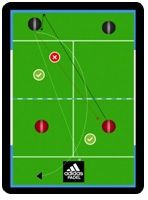 |
One of the main mistakes is when we are in a defensive position and we want to get a lot of balls out of the net early. As we have already explained, this is one of the most complicated strokes there is, so we have to play it as little as possible. We make this mistake especially when we are not yet confident enough to wait for the ball to bounce off the wall. It’s important to see that more options open up for us if we let the ball in so that it bounces off the wall.
We move on to the attacking position, and here we find a very common mistake, and that is to want to play the bounce early in padel by radically changing the direction of the ball. If the opponents have played a good shot and decide to go up to win the net, we will have to play the ball in the same direction or to the centre of the court. If we change the direction of the ball we run the risk that they will anticipate us and we will not have time to move to the other side.
Quick-fire exercises
1. We work in parallel one on one. One is in the volley position and the other in defence.
The volleyer must always try to play in front of the defender's feet and the defender must have good leg mobility to always try to play the ball with a quick bounce.
You have to try to generate shots that make it difficult for the attacker, not give the ball away.
 |
- 2. We play a "mini-match" in the middle of the service court.
The condition is that the ball must always bounce, which forces you to always try to catch the ball with a quick bounce.
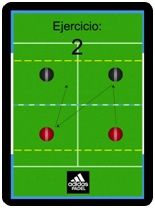 |
- 3. Two in defence and two in attack, the ones in defence have to play a short ball and the ones in volley position have to take it with an early bounce.
Those in defence have to make the decision whether to go up or not. Those in attack have to make the best decision depending on what they do.
 |
Finally, we encourage you to put these exercises into practice so that you can improve your padel bounce quickly. So pick up your racket and get out on court!


